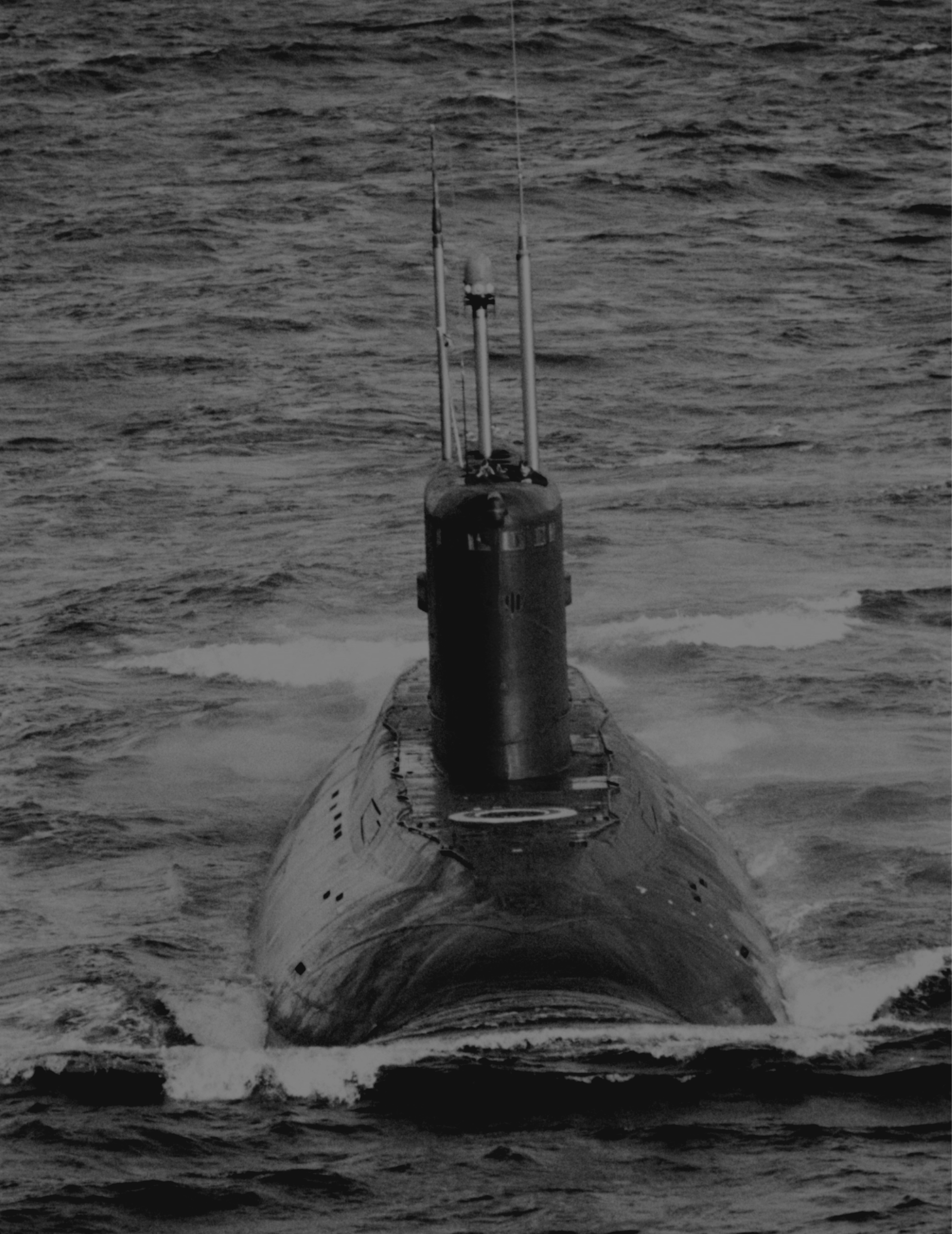China claims rights to the South China Sea—one of the most hotly contested sea lanes on the planet—as do a number of other nations
Since 2009, China has taken increasingly controversial steps towards actualizing its “historic claim” over the South China Sea. This claim has been strongly disputed by other countries in the region, culminating in a 2016 UN Tribunal ruling against the PRC in Philippines v. China. However, China has refused to acknowledge the tribunal or its ruling, and has continued to expand its influence in the region. This article will describe the region and its importance, summarize the history of China’s claims in the South China Sea, and assess how the dispute has impacted international politics.
The South China Sea covers the 1.4 million square miles of water located in Southeast Asia between the Pacific and Indian Oceans. It shares its borders with China, Taiwan, the Philippines, Brunei, Indonesia, Malaysia, and Vietnam; all of which maintain competing claims of sovereignty. The most heavily contested parts of the SCS are the archipelagos. Although uninhabited, these small island chains contain large amounts of natural resources and offer strategic control over the surrounding area. The three most important are the Spratly Islands, north of Malaysia, the Paracel Islands, east of Vietnam, and the Scarborough Shoal, just off the coast of the Philippines.
This region of southwest Asia holds a significant economic and strategic importance. The South China Sea is rich in oil and natural gas deposits. In 2015, the Chinese Department of Geology and Mineral Resources estimated that the South China Sea may contain as much as 125 billion barrels of crude oil and 500 trillion cubic feet of natural gas. If correct, the South China Sea would contain more oil than any other area of the globe outside of Saudi Arabia. However, this number was disputed by the U.S. Energy Information Administration, who estimated the region’s oil reserves at a more modest 11 billion barrels of oil and 190 trillion cubic feet of natural gas. Even if these more modest estimates are correct, it would be enough to satisfy current Chinese gas demands for 28 years. This area is also one of the busiest shipping routes in the world. An estimated $5.3 trillion worth of goods are transported through the South China Sea each year. This accounts for more than half the world’s merchant fleet tonnage and one third of all maritime traffic worldwide. The South China Sea’s popularity comes from the fact that it is the cheapest route to get crude oil from the Persian Gulf to Southeast Asia. Roughly two thirds of South Korea’s energy supplies, nearly 60% of Japan and Taiwan’s energy supplies, and 80% of China’s crude oil imports come through the Strait of Malacca, which connects the Indian and Pacific Oceans. If this Strait were to be closed, analysts estimate it would cost Japan an additional $600 million a year to redirect their oil tankers through the nearest available channel.
Technically, there has always been dispute over the South China Seas. In 2016, PRC Foreign Minister Wang Yi claimed China was the first to “discover, name, develop, and administer the various islands of the southern seas.” However, the roots of the modern controversy can be traced back to World War II. Japan established a military presence in the Paracels and the Spratlys in 1939. After Japan surrendered in 1945, the Republic of China took over both islands and established de facto control of the area. Japan did not officially renounce its possession of the South China Sea holdings until 1951 at the San Francisco Peace Treaty. However, the treaty failed to explicitly name the new owners. Despite never formally being given sovereignty , the Republic of China published a map in 1947 with eleven dash marks outlining the boundary of what China believed its territory included in the South China Sea. After the new People’s Republic of China government took over, they edited the map to have nine dashes. Today, this map serves as the cornerstone of China’s “Nine-Dash Line” policy, which claims sovereignty over more than 80% of the South China Sea, including the Spratly islands, the Paracel islands, and the Scarborough Reef.
Since 2009, China has actively been attempting to turn this policy into a reality. Two incidents before the 20th century are worth noting. First, China seized and evicted Vietnam from the Paracel islands in 1975. Second, 64 Vietnamese sailors were killed in a skirmish with China over the Paracels in 1988. Apart from these two incidents, most countries have been content to let their competing claims of ownership coexist. However, tensions rose in 2009 over an approaching UN deadline under the UN Convention of the Law of the Sea. Essentially, if a country could lay claim on an island, they would get 12 miles of “Exclusive Economic Zone” around that island. Therefore, the ownership of the 250 some uninhabited rocks scattered across the South China Sea suddenly became extremely important. If ownership of those islands could be obtained, then whatever country owned them would be allowed to mine immediate surrounding ocean for oil and gas.
Since then, China has aggressively advanced their claims by simply occupying and taking what they believe belongs to them. For example, tensions escalated between China and the Philippines over access of the Scarborough Shoals in 2012. One month after both countries withdrew their fishing vessels due to typhoon season, China had blocked Philippine ships from the lagoon by erecting barriers at the entrance of the reef. Despite repeated requests from the Philippines to withdraw their forces, China refused. China has occupied the shoals ever since. More recently, China has occupied headlines by beginning construction on a series of artificial islands in the Spratly islands. By transforming reefs and cays into airstrips and harbors, China has been able to dramatically expand its military presence in the region.
China’s presence in the South China Sea was challenged in 2016 when a UN tribunal rejected China’s argument for historic rights over the region in the case Philippines v China. The Philippines argued that China’s Nine-Dash Line claim was invalid because it violated UN agreements under the United Nations Convention on the Law of the Sea. China refused to participate arbitration. The tribunal ruled that any historical rights China enjoyed prior to signing the UN Convention on the Law of the Sea “were extinguished” by the treaty. However, without power to enforce its decision and China’s refusal to recognize it, the long term effects of the case have been questionable at best.
In the 9 months since the UN ruling, China has completed three artificial islands in the Spratlys, begun construction on radar facilities in Scarborough, and started new construction work in the Paracels. In short, the South China Sea has become more militarized than ever. Strangely enough, that may actually mean war is as less likely as ever. It seems likely that, if left unchecked, China will continue on its current path and assume control of the majority of the South China Sea. However, more countries are beginning to stand up and oppose the growing Chinese hegemony. On March 16th, 2017, Australian Foreign Minister Julie Bishop urged the Association of Southeast Asian Nations to use the UN tribunal’s rejection of China’s Nine-Dash Line policy as a basis for their upcoming negotiations with China. Indonesia has become more vocal on the matter, welcoming joint naval patrol operations with Australia in the region. Japan has made plans to dispatch its largest warship on a three month tour through the South China Sea. Left to their own devices, China would almost certainly simply engulf the South China Sea in its own ambitions. Growing international sentiment against them may be the best possible defense against Chinese expansion.
- http://www.mlr.gov.cn/sjpd/zybg/2015/201510/P020151030354926948039.pdf
- https://www.eia.gov/beta/international/regions-topics.cfm?RegionTopicID=SCS
- https://www.businessinsider.com.au/why-the-south-china-sea-is-so-crucial-2015-2
- https://www.eia.gov/beta/international/regions-topics.cfm?RegionTopicID=SCS
- http://nationalinterest.org/blog/5-trillion-meltdown-what-if-china-shuts-down-the-south-china-16996
- http://www.pacom.mil/Media/Speeches-Testimony/Article/671265/statement-before-the-senate-armed-services-committee/
- https://www.eia.gov/beta/international/regions-topics.cfm?RegionTopicID=SCS
- http://apjjf.org/2016/06/Lee.html
- https://www.businessinsider.com.au/why-the-south-china-sea-is-so-crucial-2015-2
- http://apjjf.org/2016/06/Lee.html
- http://www.fmprc.gov.cn/web/wjbz_673089/zyhd_673091/t1346052.shtml
- http://apjjf.org/2016/06/Lee.html War or Peace in the South China Sea, Timo Kivimaki, pg 10 – https://books.google.com/books?id=CNVf9R_L5FAC&pg=PA10#v=onepage&q&f=false Morley, Vietnam Joins the World, pg 124 – https://books.google.com/books?id=taOrjN83rLEC&pg=PA124#v=onepage&q&f=false Morley, Vietnam Joins the World, pg 124 – https://books.google.com/books?id=taOrjN83rLEC&pg=PA124#v=onepage&q&f=false
- http://www.atimes.com/atimes/Southeast_Asia/KL08Ae01.html
- http://www.atimes.com/atimes/Southeast_Asia/KL08Ae01.html
- https://www.bloomberg.com/news/articles/2016-07-12/china-no-historic-right-to-south-china-sea-resources-court-says Wortzel, pg 282
- http://www.thanhniennews.com/society/deadly-fight-against-chinese-for-gac-ma-reef-remembered-3235.html
- https://www.thelawyer.com/issues/15-october-2012/the-rights-stuff-in-oil-islands-now/
- http://www.nytimes.com/2012/06/19/world/asia/beijing-and-manila-ease-tensions-in-south-china-sea.html
- http://www.gmanetwork.com/news/story/265889/news/nation/dfa-china-boats-blocking-phl-vessels-from-panatag-shoal
- http://www.rappler.com/nation/16990-philippines-chinese-ships-must-leave-scarborough-shoal
- http://nationalinterest.org/feature/china-dominating-scarborough-shoal-heres-why-it-matters-17678
- https://www.nytimes.com/2015/04/09/world/
Photo Credit:
Wikimedia Commons | https://upload.wikimedia.org/wikipedia/commons/f/fe/US_Navy_080629-G-9409H-602_U.S._Navy_and_Republic_of_Singapore_ships_steam_through_the_South_China_Sea.jpg





